Reviewed by: Y. Garcia
Tesla's complicated relationship with Apple CarPlay has long been one of tech's strangest standoffs. For years, the electric vehicle pioneer refused to integrate with Apple's smartphone platform, insisting its own system was better.
Now the plot twist lands: Tesla is reportedly testing Apple CarPlay integration internally, a move that hints at a real shift in strategy.
The timing is no accident. Tesla's vehicle sales have experienced a slowdown, while expectations around phone integration keep climbing. The pressure is obvious. When roughly one-third of car buyers view the absence of CarPlay or Android Auto as a deal-breaker, that one-third matters. Holding the line starts to look less like bold vision and more like swimming upstream.
Why Tesla's CarPlay resistance made sense (until now)
Tesla did not say no just to be difficult. The company has long argued that its proprietary software delivers a superior experience compared to third-party alternatives.
On many fronts, fair point. Its approach keeps the interface consistent, ties directly into vehicle systems, and supports features like Full Self-Driving visualizations that projection-based systems cannot touch.
There is also history. Tensions between Elon Musk and Apple have included spats over App Store policies and talent poaching during Apple's abandoned car project. Tesla's philosophy has been clear: they can provide better integration than smartphone mirroring systems, with native software that feels deeper and more capable.
But markets have a way of voting. That same roughly one-third of shoppers who walk away without CarPlay or Android Auto is not a rounding error, especially at premium price points. When customers expect their phones to plug into everything, resistance gets expensive.
What Tesla's CarPlay implementation might actually look like
If Tesla does flip the switch, do not expect the typical full-screen takeover. Reports point to a windowed approach that keeps Tesla's UI in the driver's seat. CarPlay would live inside a defined pane, not replace the whole interface. A compromise, on Tesla terms.
The setup is expected to support wireless connectivity, so no cable juggling. Tesla also plans to use the standard CarPlay version rather than the more advanced CarPlay Ultra. That choice keeps critical systems like Full Self-Driving locked away from outside hooks and preserves the company's control over core driving functions.
In short, Tesla gives owners the familiar iPhone experience where it counts, while keeping autonomous features off-limits to third-party systems. A foot in the door, not a handover.
The broader market pressure Tesla can't ignore
CarPlay and Android Auto are no longer nice-to-haves. They rank among the most requested features for new cars, and surveys show that nearly half of global consumers would not buy a vehicle without them, a stat that keeps showing up for a reason. That is demand with a capital D.
Zoom in on EVs and the gap gets louder. Most major automakers now offer CarPlay — often wirelessly on newer trims — across much of their electric lineups, from Ford's Mustang Mach-E to BMW's i-series. As the EV field fills with strong options, Tesla's absence from the CarPlay ecosystem stands out more each quarter.
And buyers have changed. Once Tesla was the only game in town, now it is one of several. When the baseline is multiple good EVs, convenience and creature comforts, like your phone working exactly how you expect, start deciding the sale.
What this means for the Apple ecosystem expansion
If Tesla joins the party, it is more than another badge on Apple's wall. It would validate Apple's car strategy on one of the most software-heavy vehicles on the road. For iPhone users, that finally closes the loop between their daily device flow and their commute.
Simple wins matter here. CarPlay can handle text messaging by voice, a top request from Tesla owners who want Siri to slot into the drive without workarounds. Small convenience, big quality-of-life boost.
The timing also lines up with Apple pushing deeper into automotive features. Tesla adopting CarPlay could accelerate that push and give Apple a rich test bed for refinement. Not just Tesla catching up, but Apple getting a proving ground.
The road ahead: timing and implications
Current reports suggest CarPlay in Teslas could launch within the next few months. Still, anyone who follows the brand knows the pattern, Tesla often tests features for a long time, sometimes shelving them entirely. Nothing is real until it ships.
If it does land, this will be a clean test of how Tesla balances customer demand with control of its software stack. Maybe success nudges the door open to broader phone integration and, yes, possibly Android Auto someday. Maybe usage is lukewarm and Tesla doubles down on native. My bet, even a limited CarPlay window will see heavy use from day one.
For the industry, Tesla adopting CarPlay would remove one of the last big premium holdouts. That could speed up standardization around smartphone projection and reshape how carmakers split duties between proprietary systems and platform integrations. It is a reminder that engineers do not always get the last word. Sometimes the market picks the winner.




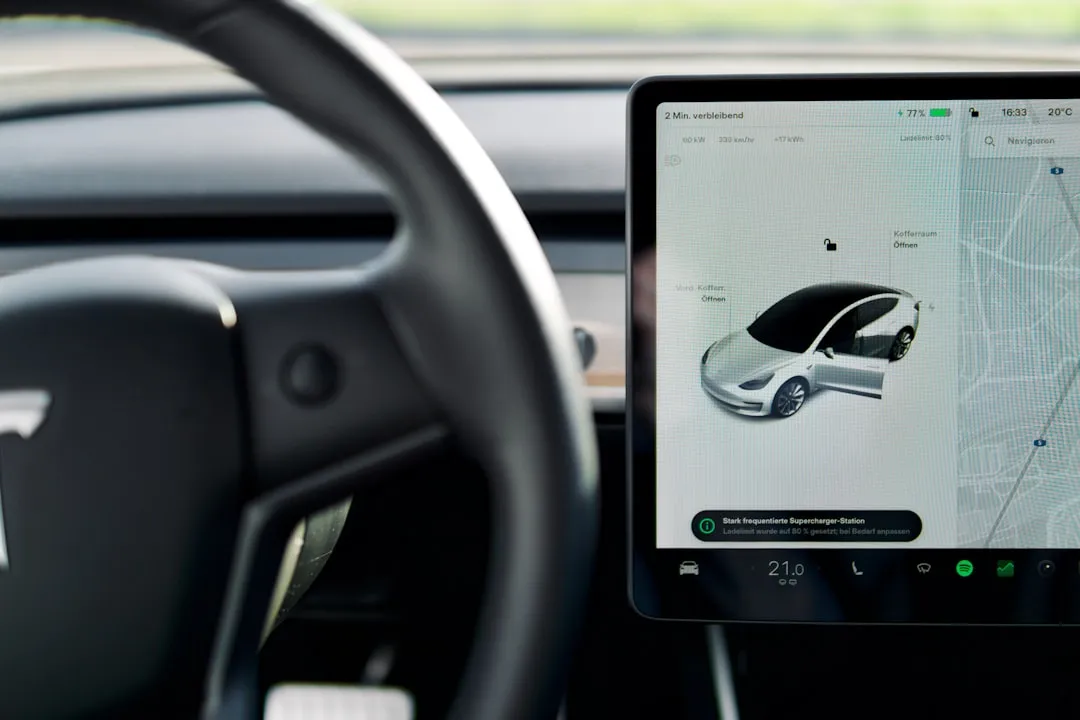
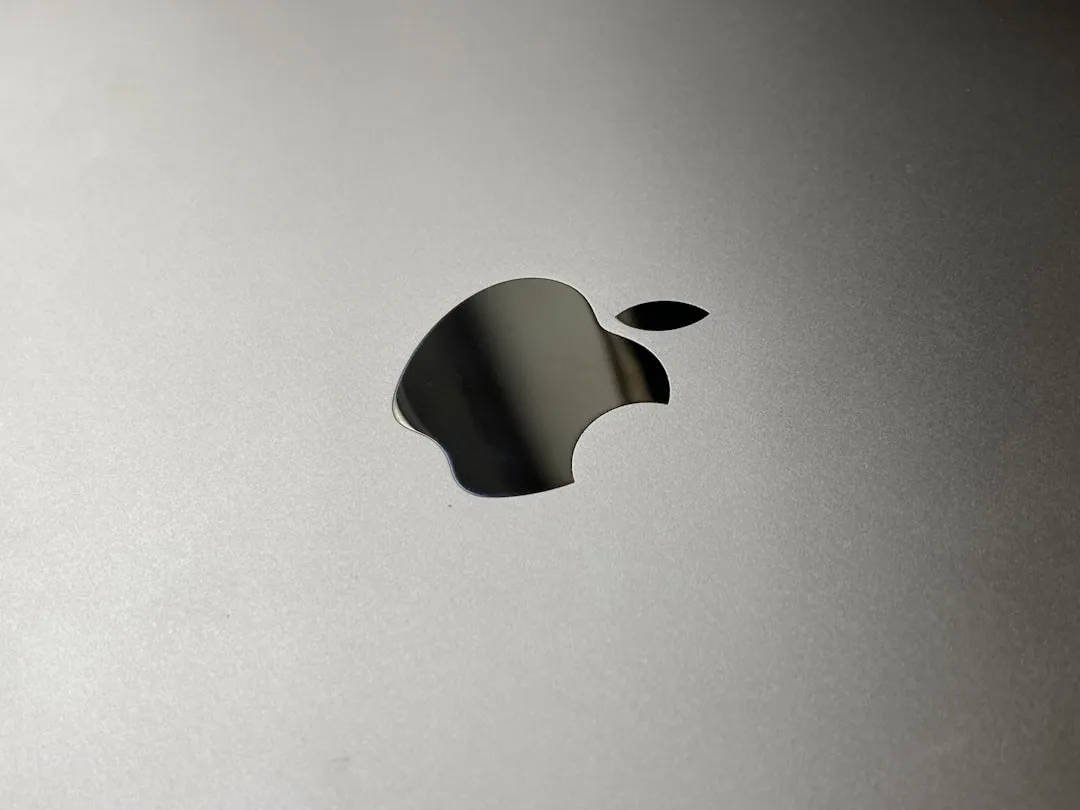
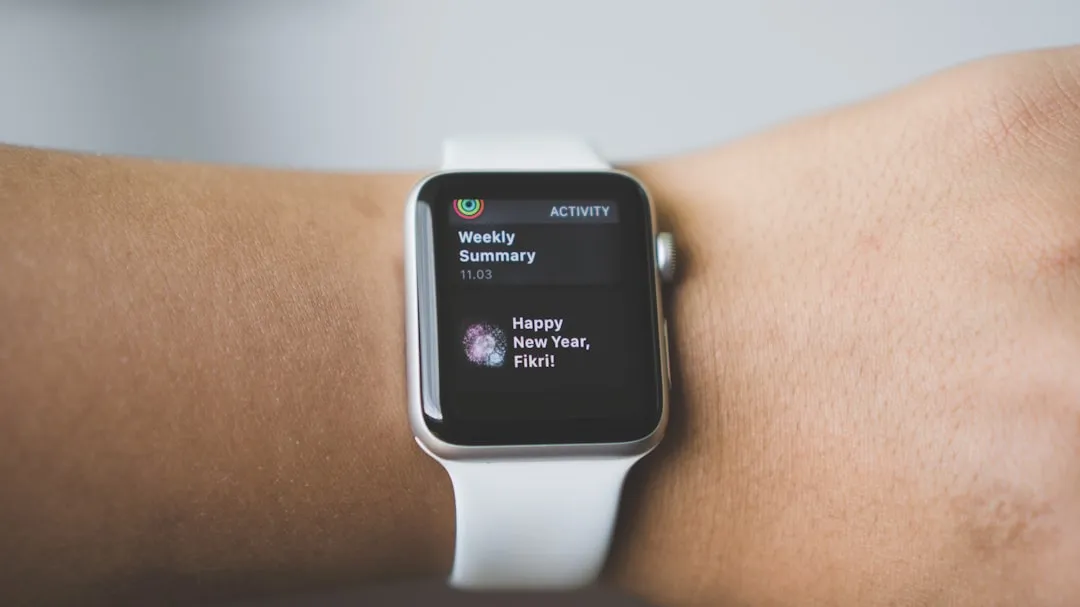
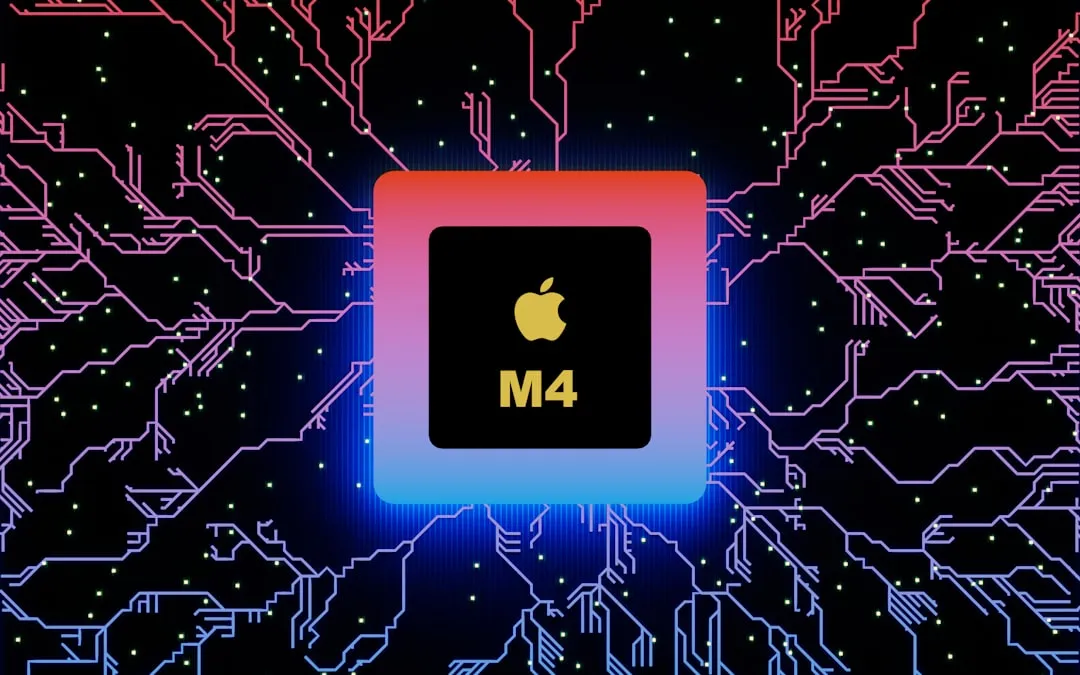






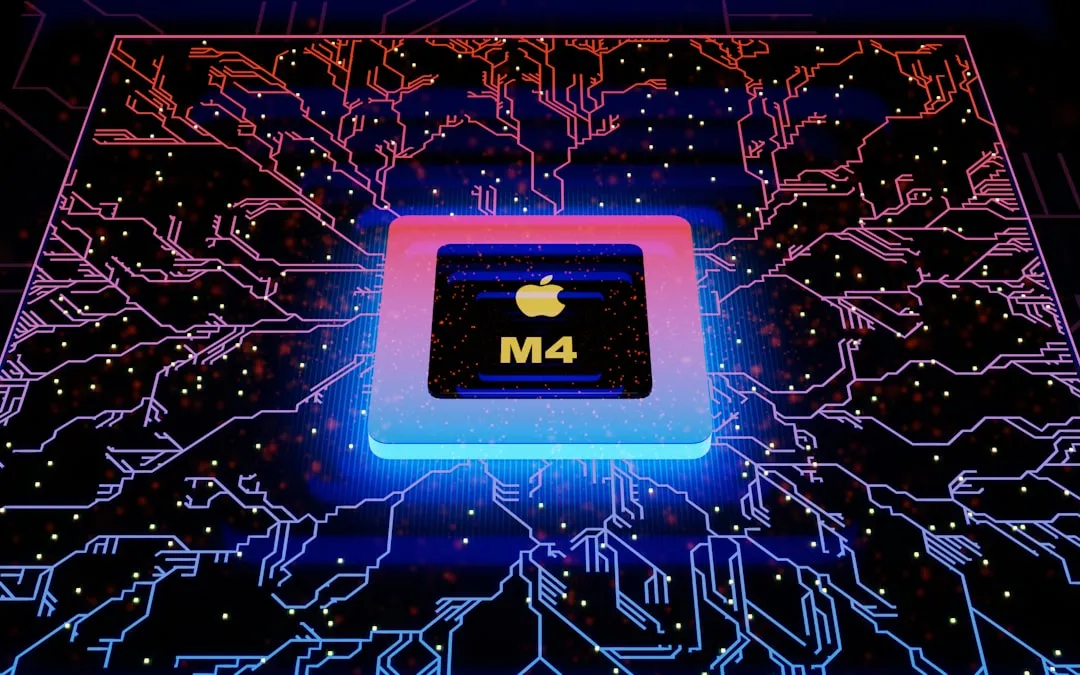

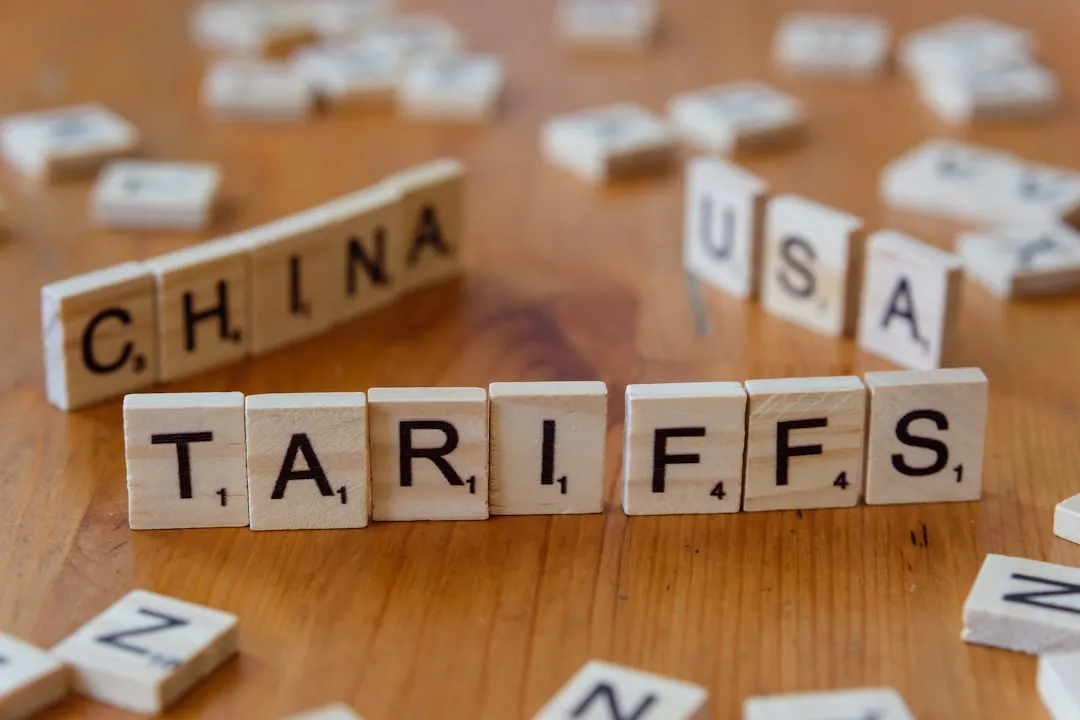
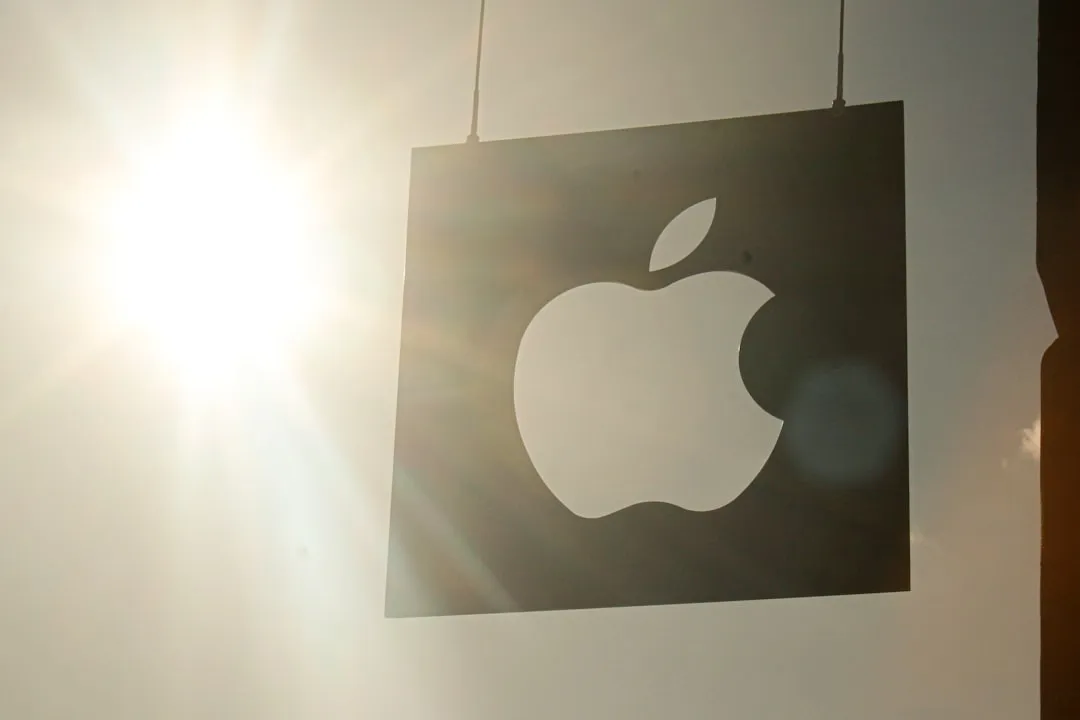
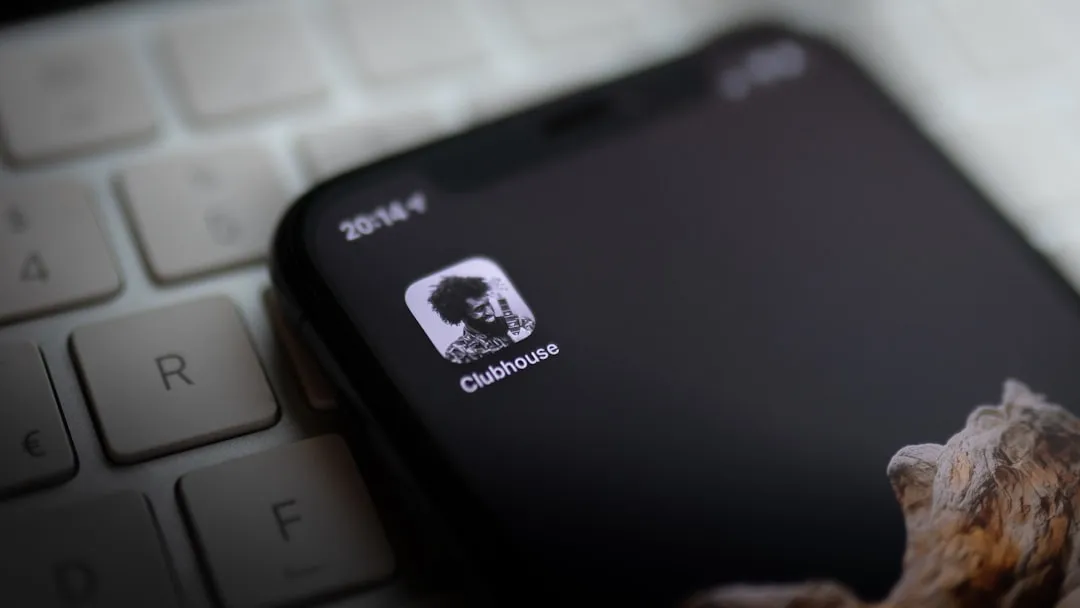
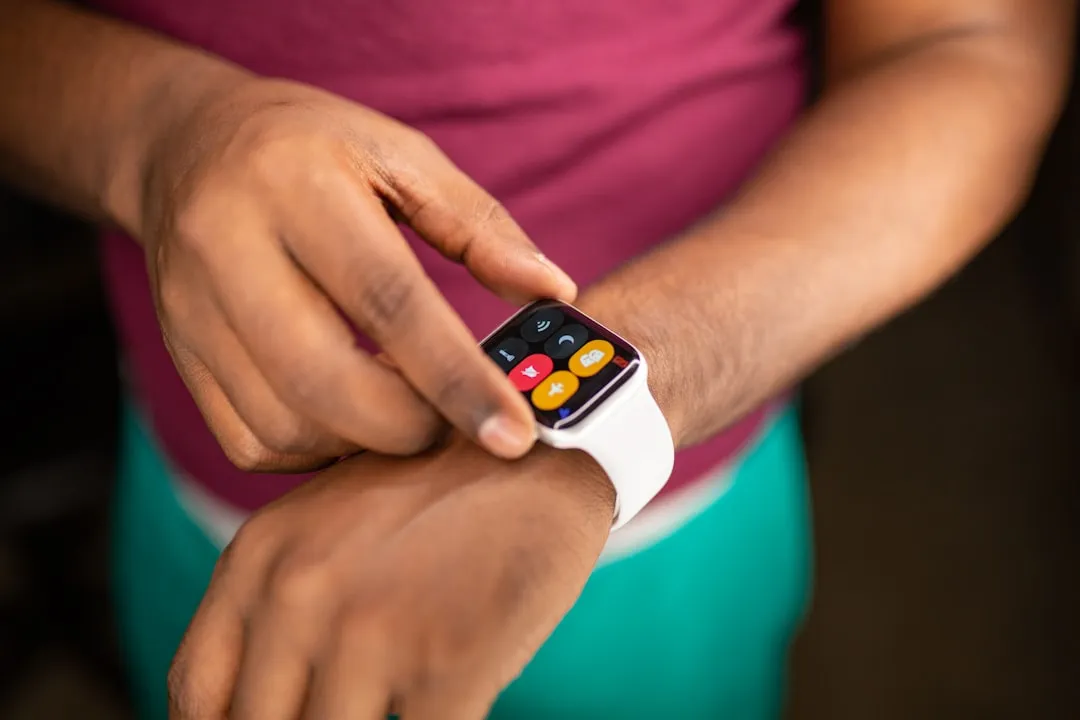

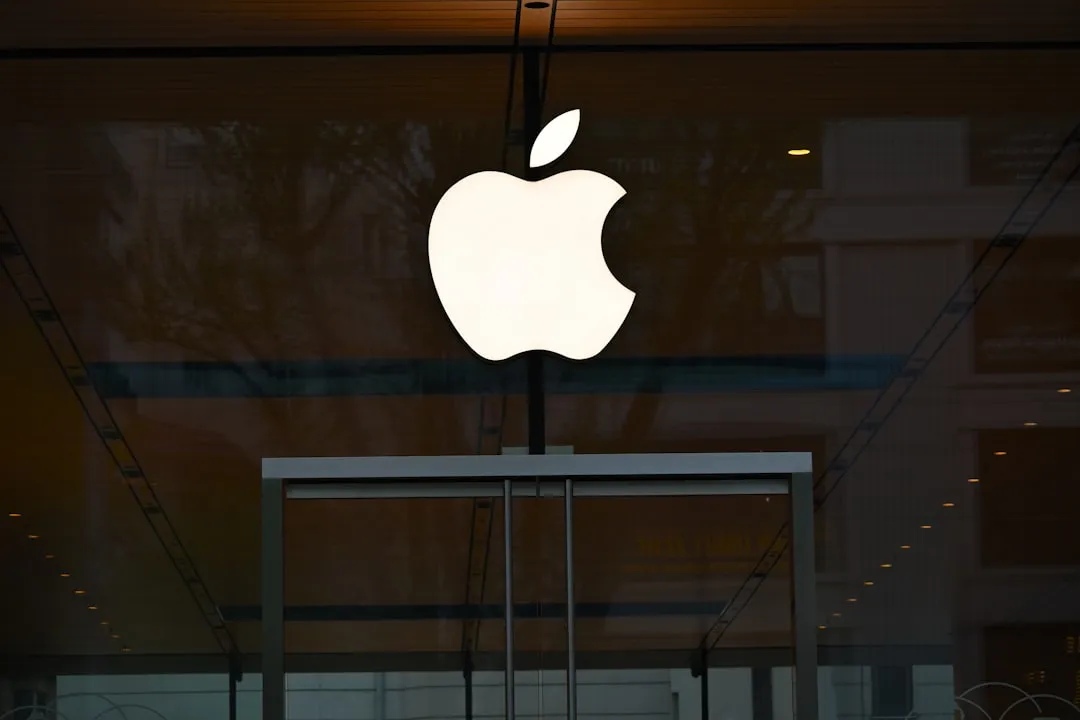
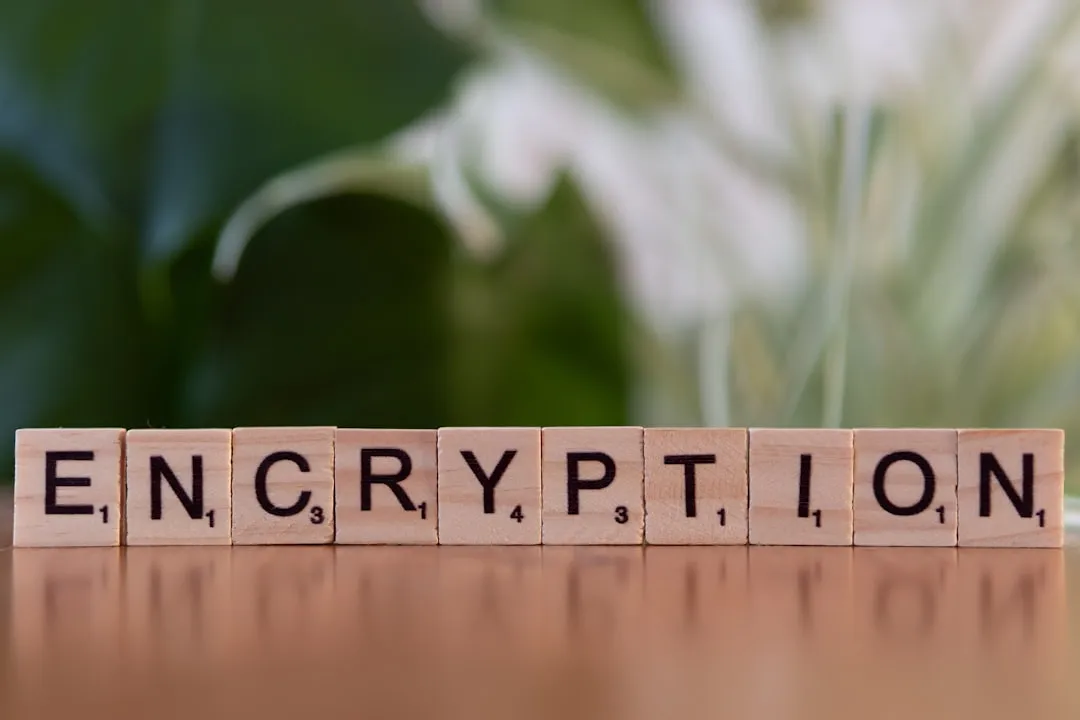
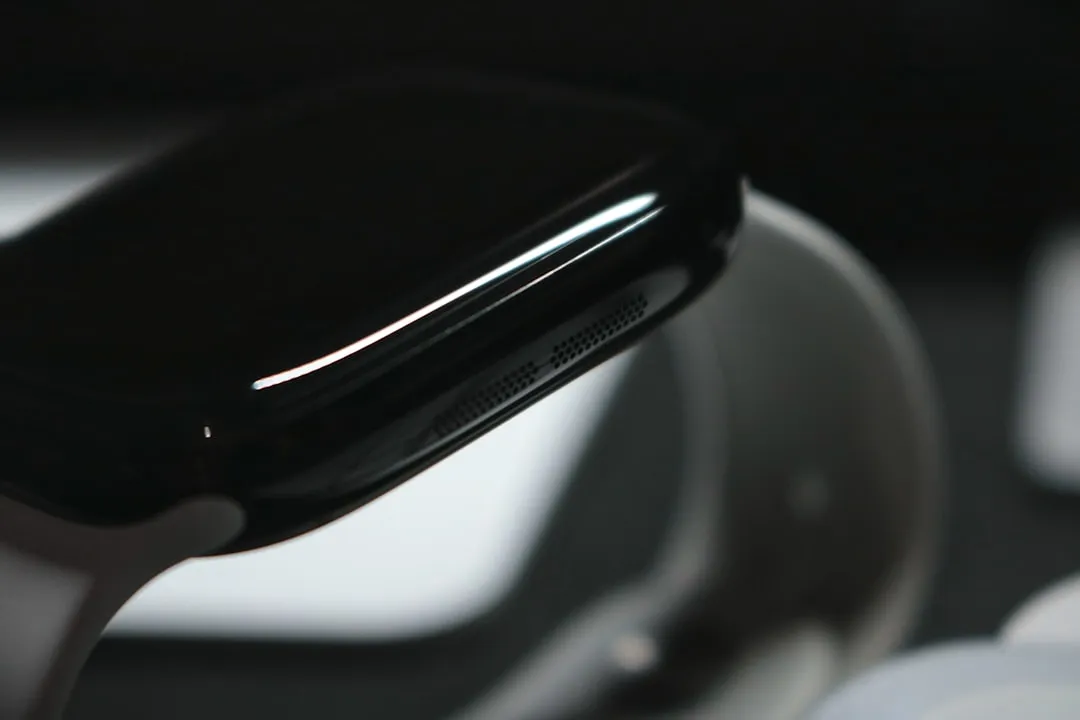
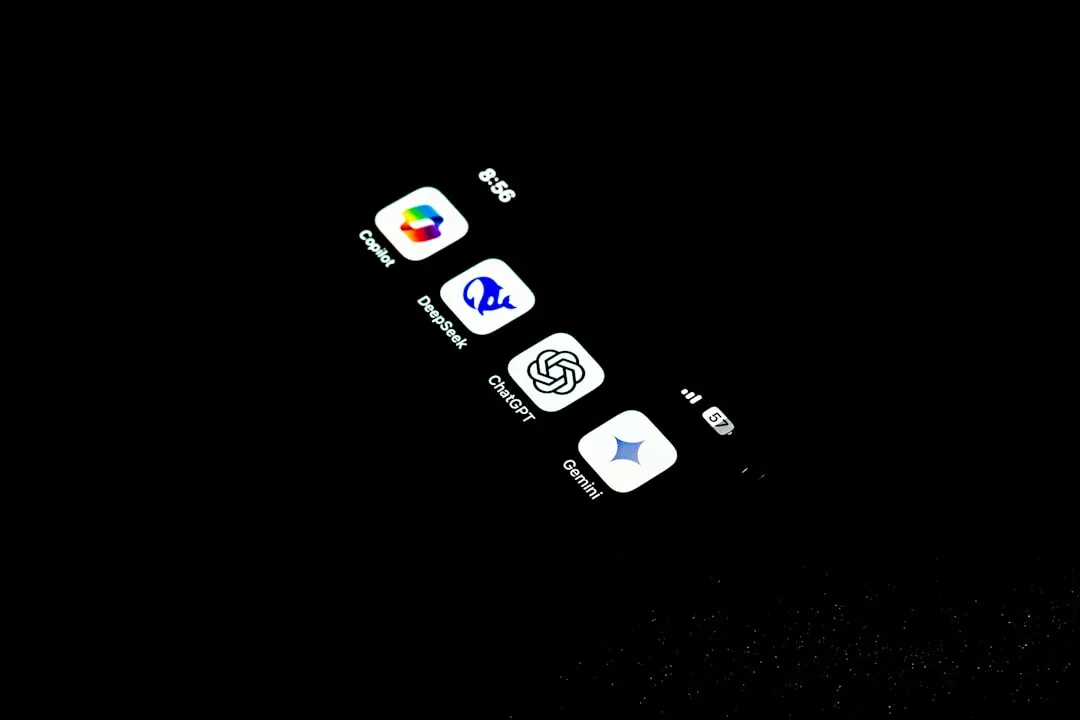
Comments
Be the first, drop a comment!